Search Results for Tag: EU
Arctic sea ice low as UN delegates talk climate in a sweltering Bonn.
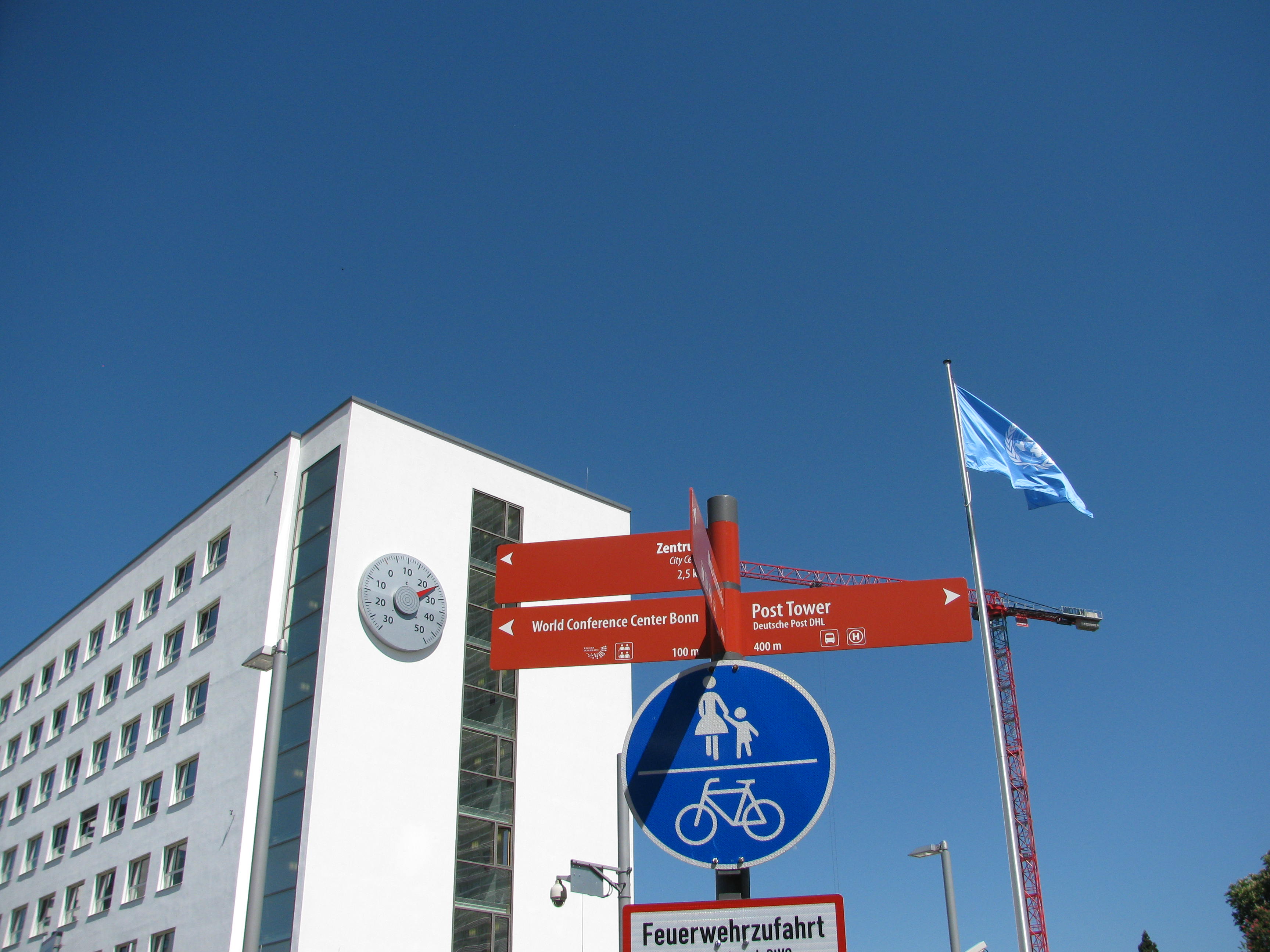
Blue skies, temperature rising at UN climate headquarters in Bonn
It’s been a scorcher of a week here in Bonn. Delegates to the UNFCCC climate talks (one of the interim meetings to prepare the big COP24 which will take place in Katowice, Poland, in December) have been experiencing non-stop sunshine and temperatures up to 30 degrees Celsius. It feels like the height of summer here, although we are only at the beginning of May.
How appropriate as a backdrop to a meeting that is trying to work out the nitty gritty of actually fulfilling the Paris Agreement commitment to limiting global warming to 2 or preferably 1.5 degrees C warming.
“Currently we’re heading for 3 degrees C of warming rather than the 1.5 degrees C agreed in Paris, and the window of opportunity to reverse this is swiftly closing,” was the comment from Jens Mattias Clausen from Greenpeace Nordic.
Sea ice on the wane (again)
Coming back to work after a long break, a catch-up look at twitter, #Arctic drew my attention first to a tweet from @ArthurWyns telling me “next week it will be 20°C warmer than usual on the #Arctic!!!”
Then came one from @ketil_Isaksen, about one of my own favourite Arctic places:
“Unusually early, extensive and rapid snow melt on #Svalbard releasing extreme melt water discharges in the valleys. +6°C and strong breeze today in #Longyearbyen (78°N)”
In Arctic Today, Yereth Rosen has an article telling us this year’s Arctic sea ice melt season is “off to an unusually fast start”, and provides some worrying data from the NSIDC.

Melting ice off Svalbard (Pic I.Quaile)
Still working out the rules
Given all this, I can well understand why a lot of people involved in the talks in Bonn are feeling frustrated at the slow progress being made.
The delegates are charged with finalizing the rules for the actual implementation of the Paris Agreement. You can be forgiven if you thought things had already moved beyond that stage.
Yes, the wheels of international climate diplomacy move very slowly.
At a press briefing organized by the Climate Action Network (CAN), Li Shuo, a Senior Climate & Energy Policy Officer with Greenpeace stressed: “This is a mini Paris here. We really are trying to finalize all the detailed rules for the Paris Agreement. That’s a daunting task.”
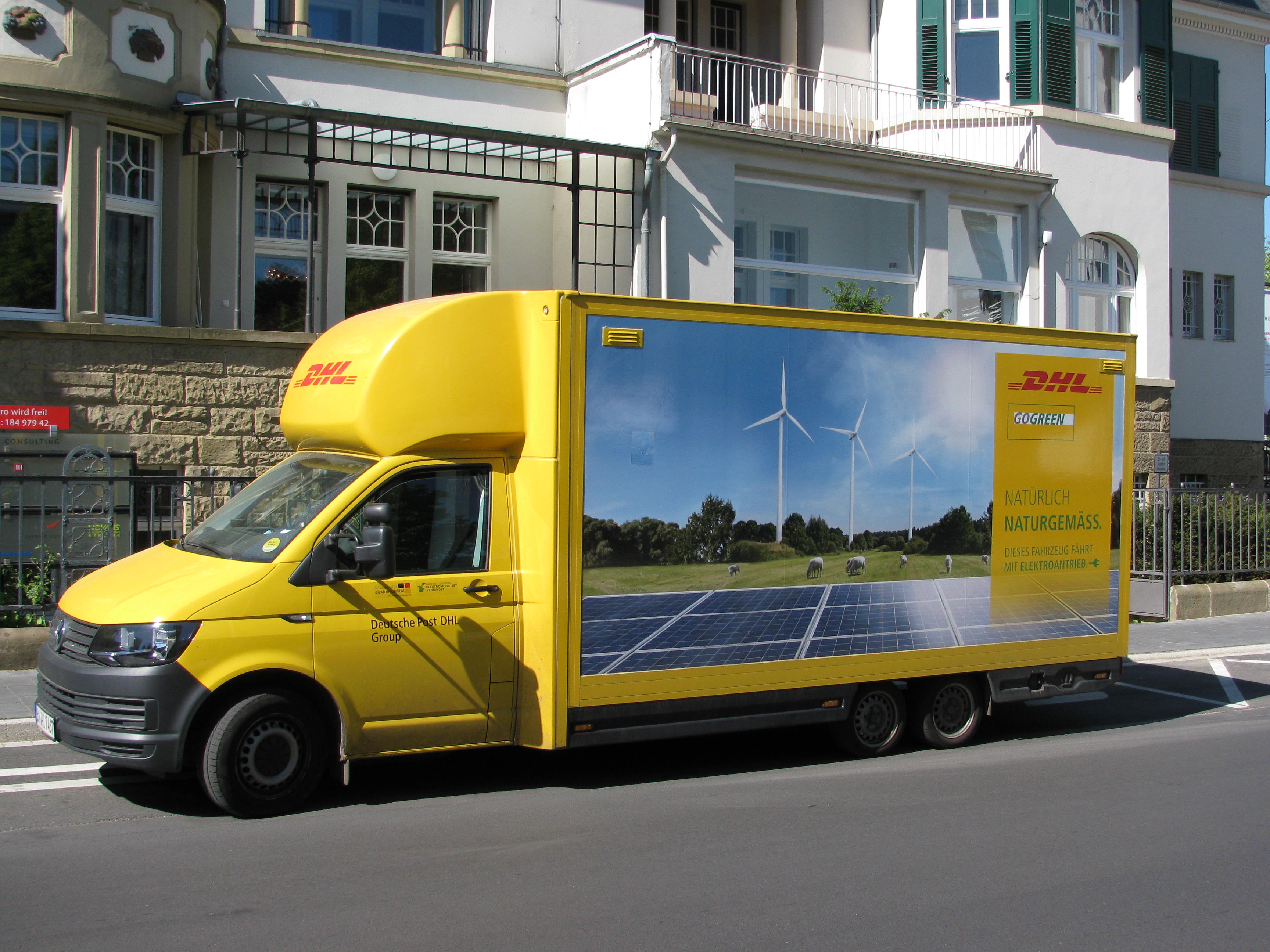
Climate-friendly electric lorry in Bonn (assuming it’s not running on coal-powered electricity?) (I.Quaile)
The Polish dilemma
The next COP at the end of this year will be held in Katowice, the heartland of Poland’s coal industry. Wouldn’t it be fantastic if that turned out to be a turning point in the transition away from fossil fuels to renewable, climate-friendly forms of energy? The city itself says it wants to go green, as one of our correspondents reported in the latest edition of my radio show Living Planet. But, alas. There are absolutely no signs that the Polish government is planning to change its policy any time soon.
“We have seen worrying signs that the Polish presidency thinks that it will sufficient just to get some kind of rulebook,” said Alden Meyer, Director of strategy and policy for the Union of Concerned Scientists, also at the event organized by CAN.
He went on: “We don’t have to wait for the IPCC special report in October to know that what’s on the table and being implemented falls far short of what’s needed to reach the temperature goals countries agreed to in Paris.”
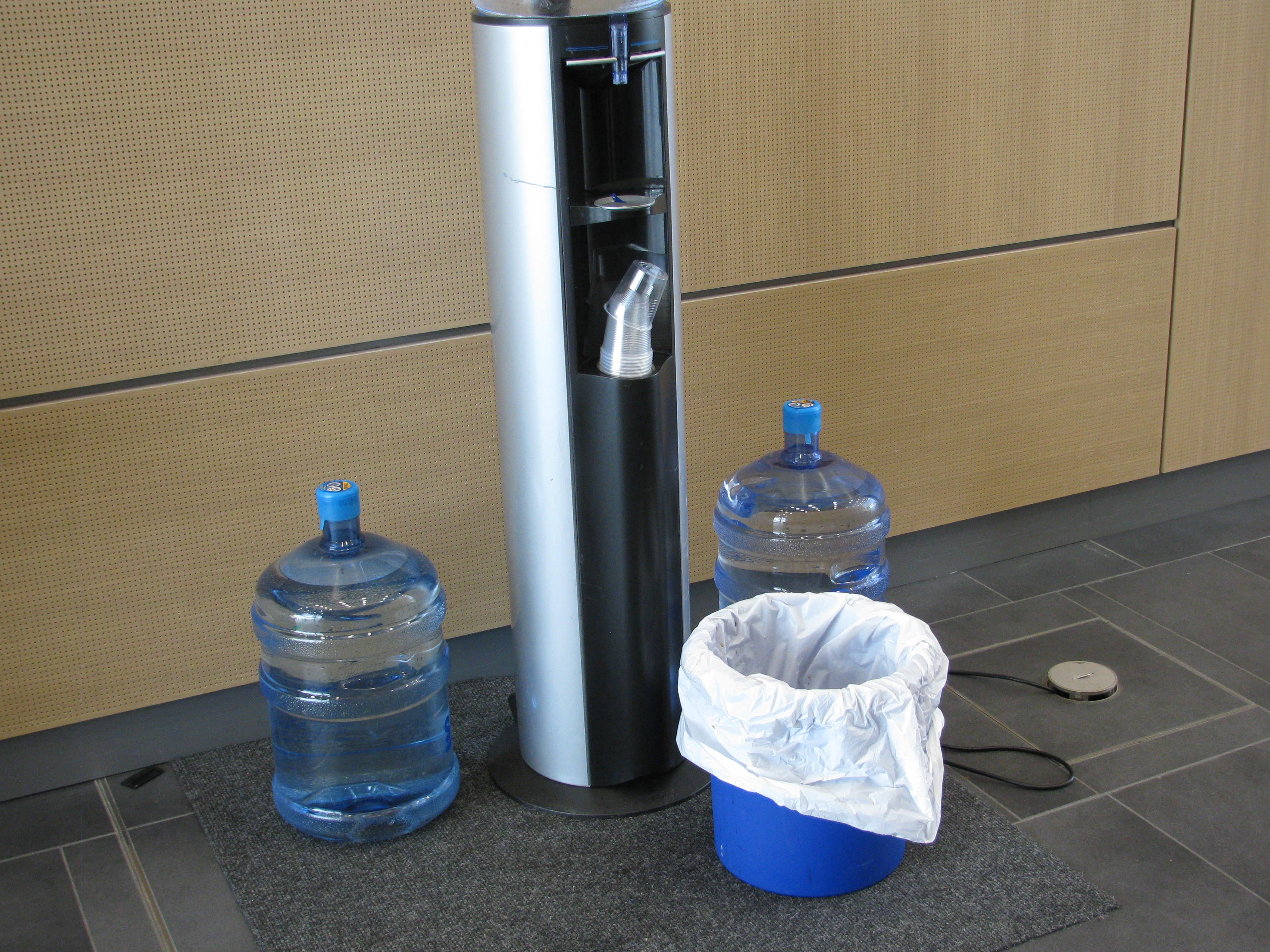
PLASTIC bottles, plastic cups for water? Yes, at the UN climate conference. (I.Quaile)
Coal and climate
I asked him how he saw Poland’s stance on all this at the moment. In spite of the government’s support for coal and reluctance to see to see the EU step up its goals, he stressed that “the role of the presidency is to put their domestic considerations aside and operate on behalf of the entire world community”.
Well, we can try to be optimistic.
“We retain some hope that Poland in its role as the presidency will be different from Poland in its role within the European Union and in its domestic energy policies”, said Meyer, they have to ensure that “the first review of the Paris Agreement, actually triggers much stronger climate commitments”.
Li Shuo noted that Poland was rather late in “shaping up their team” for the climate conference.
“There’s really no clarity from the incoming Polish presidency on how they plan to deal with the political process at Katowice. So we need to hear more from Poland”, he told me at our meeting.
The state of play
When I hear after a week and a half of a two-week working meeting that some progress has been made on technical issues of implementing the rules of the climate agreement, it does not make me feel confident that the international community is going to meet the emissions targets on time. “Other discussions are really stuck because of political differences”, said Li Shuo – mostly relating to the INDCs, or “nationally determined contributions”.
Concerned scientists’ representative Meyer reiterated the urgent need for progress on adaptation, with a lot of climate impacts already being felt: “No matter how successful we are on meeting the Paris temperature limitation goals, those impacts are going to continue to mount over the next several decades because of inertia and momentum in the climate system”.
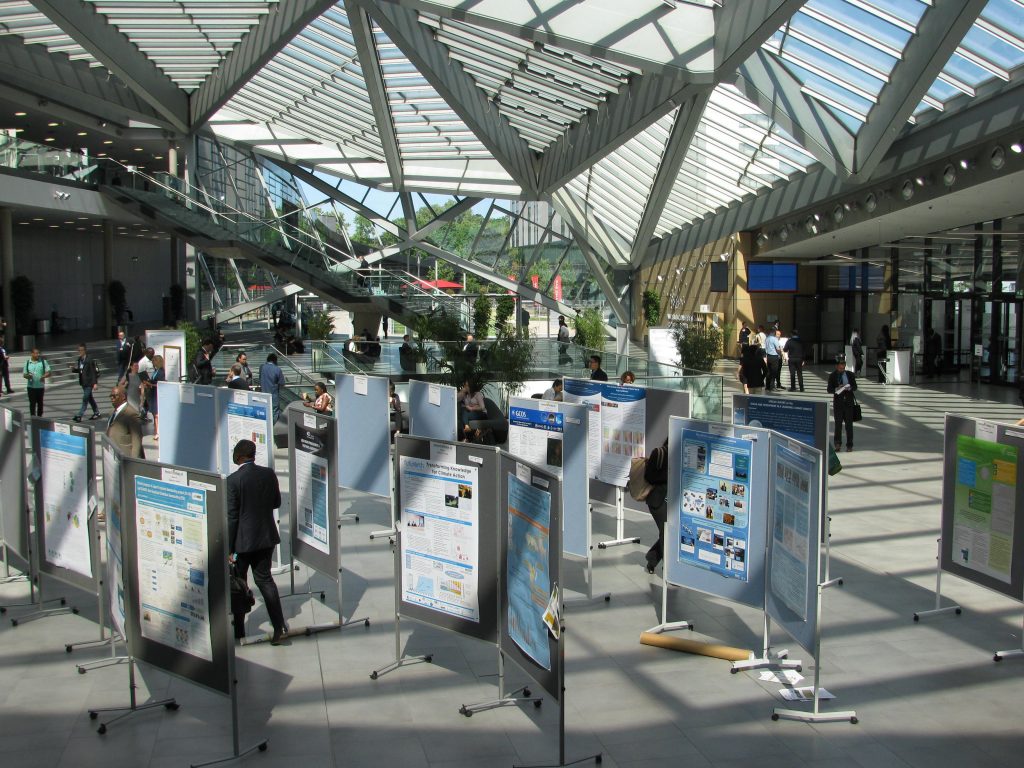
A maze of science! Good to see it at the Bonn gathering. (i.Quaile)
What happens in the Arctic…
That would also apply to the Arctic region, where temperature rise is not only completely altering things for people and nature up there – it is also changing weather patterns and ocean circulation, with severe implications for the whole planet.
“What is missing is leadership and guidance, especially coming from the presidency”, said Li Shuo. And the spectre of another President is also hovering over the Bonn talks.
However, the Polish government has been preparing for the end-of-year climate extravaganza in other ways. It has passed a bill specifically for the UN summit which bans all “spontaneous gatherings” in the southern coal-mining city of Katowice between November 26 and December 16, which covers the entire period of the conference. It also submits registered participants to government surveillance and allows authorities and police to obtain, collect and use personal data of attendees without their consent or judicial oversight.
We’re still trying to get an official UNFCCC statement on that one. Good ground for getting the whole world on board to halt climate change?
Arctic Council – 20 years in a warming world
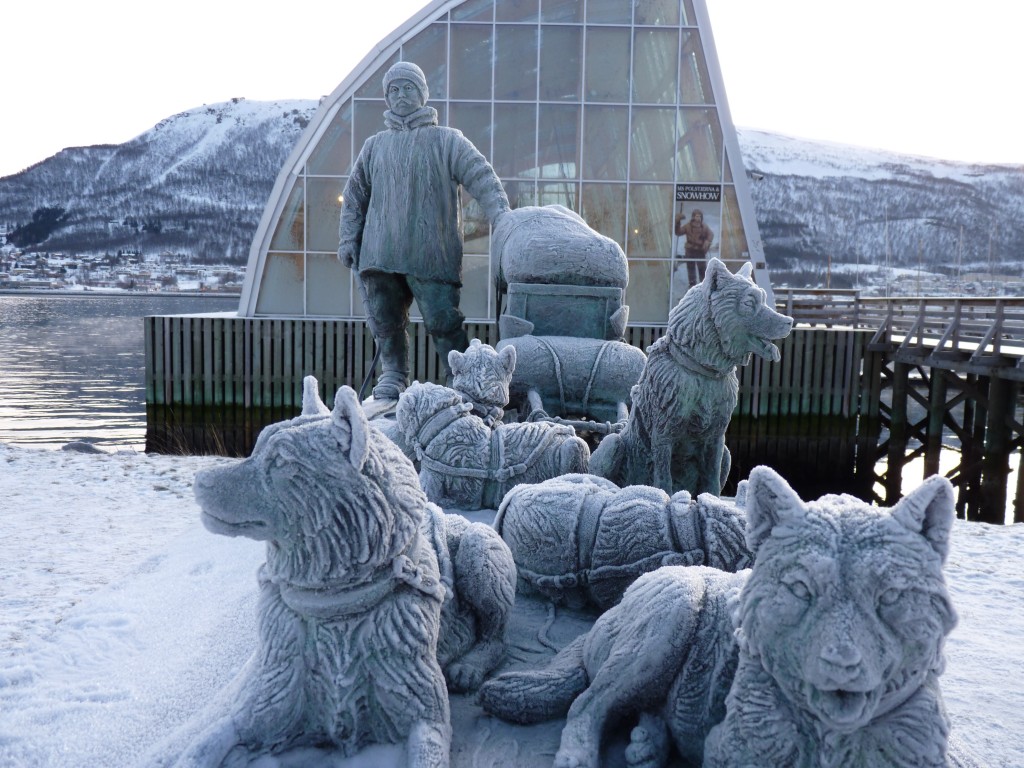
When Norwegian polar explorer Helmer Hanssen travelled in the early 20th century, the Arctic was a very different place. Statue in Tromso, close by Arctic Council headquarters. (I.Quaile)
20 years does not really seem like a long time. But when it comes to climate change in the Arctic, the last 20 years have brought more change than centuries gone by.
After the warmest winter in the Arctic since records began, the sea ice has declined to its second-lowest level ever. And the “second-lowest” tends to divert attention from the fact that the sea ice cover has dwindled to nearly 2.56m sq km less than the 1979 to 2000 average. That’s the size of Alaska and Texas combined.
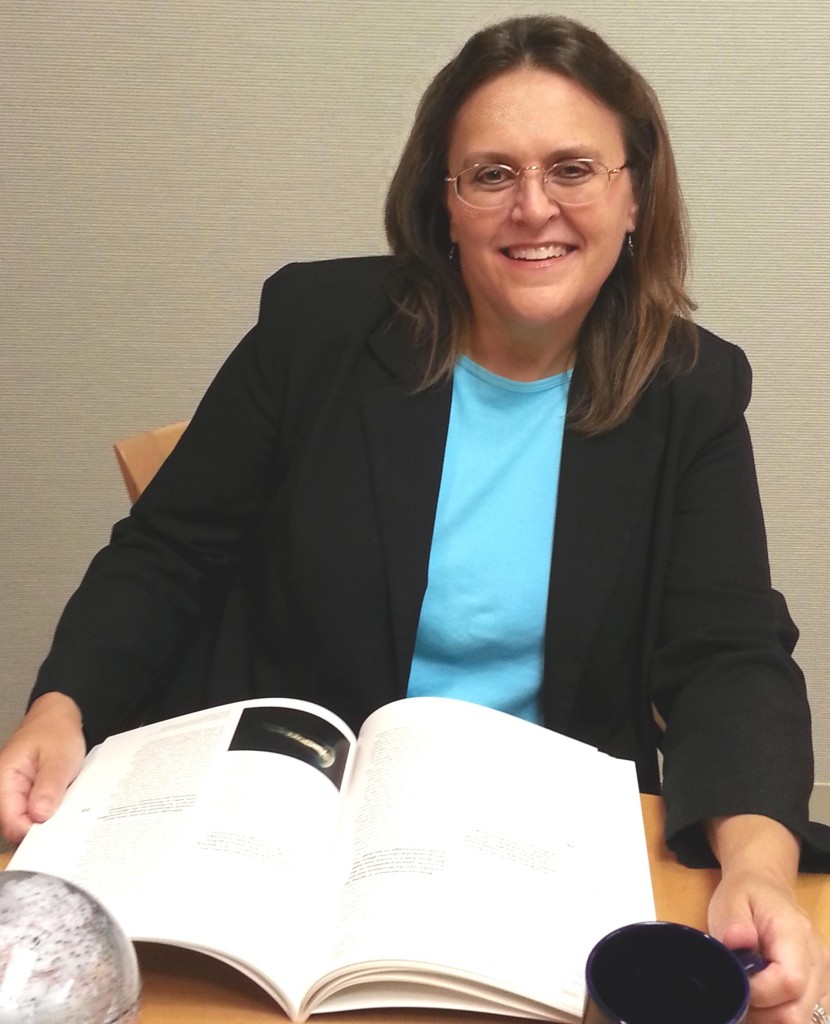
Julia Gourley, US Senior Arctic Official, has a background in environment policy. (Courtesy Arctic Council)
So the Arctic Council is celebrating its twentieth birthday at a time when concern over the impacts of planetary warming on the high north could hardly be greater.
I had the chance to interview Julia Gourley, the US Senior Arctic Official on the telephone ahead of the birthday. The US, of course, currently holds the two-year chairmanship of the body. I asked her how the Council had changed over the past 20 years.
“In the early days the Arctic state focused almost exclusively on environmental protection and science issues. But over the 20 years the countries have shifted the focus a bit. Certainly we still spend a lot of time trying to understand the environmental change that’s been going on. We spend much more time now on sustainable development issues, which in the Council generally refer to issues that affect the people of the Arctic, in particular the indigenous people. We’ve learned a lot in 20 years about the people who live there and the challenges they face.”
And those challenges are increasing all the time, especially because of the rapid pace of climate change.
Melting ice, easier access
The increase in human activity, as remote Arctic regions become more easily accessible has turned protecting the region into a whole new ball game. Gourley cites cruise ships, offshore oil and gas development , fishing and shipping as issues which have moved up the agenda.
Clearly, this means more work for the Arctic Council – and has also brought a lot more global interest in the region:
“We have 32 observer entities now, 12 of whom are countries. There are many more in the queue that are seeking observer status. What happens in the Arctic affects the entire planet, so countries all over the world are becoming interested in the region”.
With a big player like China taking a huge interest in the Arctic and looking to establish ports and secure its own access to the region, and political tensions between some of the Council members, such as Russia and the EU or the USA itself, the shadow of conflict always seem to be lurking in the background. Gourley is keen to play this aspect down. She stresses the key role of the Council in keeping the Arctic peaceful and encouraging cooperation. The USA, she says, welcomes the increasing interest by non-Arctic states – although, she adds, each of the Arctic states has their own views on that.
“We feel like we have a lot to learn as a group of Arctic states still about how the Arctic affects the rest of the world, and the more countries that are in the room listening to the discussion and learning from it and can contribute to it, the better. So we encourage non-Arctic countries that have particular expertise, to contribute to the work of the council – the scientific work, the technical work, economic work.”
Shared responsibilities
When it comes to regulating activities in the Arctic, the Council itself is not a regulatory body, but it contributes expertise to others.
“When it comes to shipping, the International Maritime Organisation is the regulatory authority all over the planet. But the Council has a strong interest in shipping in the Arctic, and so the Council has done some seminal work on the Arctic shipping situation, including a very important piece of work in 2009 called the Arctic Marine Shipping Assessment. That was the first time anyone in the world had looked deeply into the state of shipping in the Arctic in the face of climate change and reducing sea ice. That study is still cited today”.
When it comes to regulating offshore activities like mining and fishing, the Arctic states also have their own regulatory regimes, “ so it’s sort of a mix of regulatory activity by lots of different entities”, Gourley explains.
The US Arctic representative is bound, of course, to take up a diplomatic stance. But while she stresses the Council’s efforts to keep tensions low and foster cooperation rather than conflict, she does make one qualification:
“The tensions in other parts of the world haven’t affected the work of the Council. That said, of course we all have our own national views about a lot of the issues that face the Arctic. But as to working together as a group of eight countries, together with the observer states and NGOs, it really has worked quite well. We’ve managed to carve out a space that we can work in collaboratively. Now, that doesn’t mean that will always be the case. As things change in certain parts of the world it’s not easy to predict what could happen in the Arctic. But at least up to this point, we’ve been able to work together quite well.”
Balancing act
Presumably, with climate change having such a strong and rapid impact on the Arctic, there are bound to be increasing differences of opinion when it comes to striking a balance between preserving the Arctic as it is on the one hand, and on the other developing commercial and industrial activities. The US representative was quite realistic on this one:
“Yes, that’s a real tension. I think that chapter of the Arctic story is still being written. Each Arctic state comes at those questions in their own waters and their own exclusive economic zones differently, and each country’s regime is slightly different. So it’s hard to say there’s a single answer to how we resolve those questions. But it is something that is very real. It’s of concern in particular to a lot of Arctic indignous people, who want to live traditionally but also realize that modernity is moving into their world and in some cases economic development is very necessary to create good jobs and include living conditions. So it is a very real, very alive debate.”
Indeed. The Arctic conundrum in a nutshell.
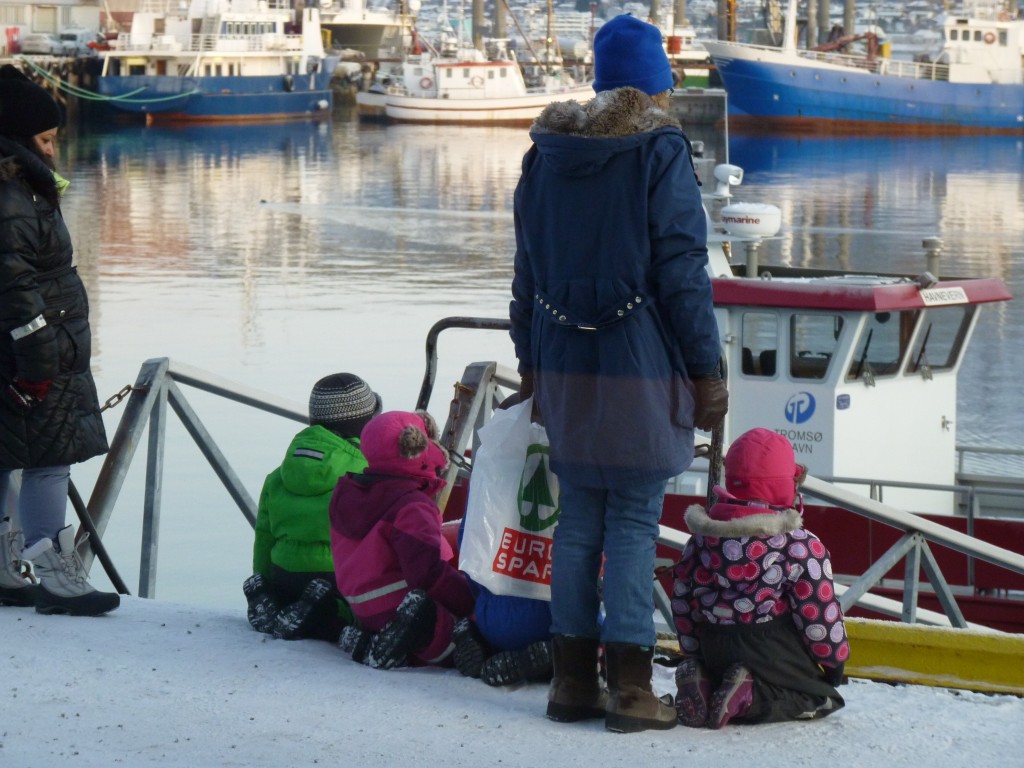
Arctiv development means jobs for the next generation. But can the fragile environment cope? (I.Quaile)
Tackling black carbon
What happens in the Arctic doesn’t stay in the Arctic – and pollution produced in the rest of the world doesn’t stay out of the Arctic.
While the UN has its own body tasked with combating climate change, there are other climate-forcing agents which affect the Arctic particularly strongly, such as black carbon or soot. The Arctic Council sees this as an area where it has a key role to play:
“Black carbon itself is not part of the UNFCCC, so it’s not part of any global regulatory regime. So we are working in the Council on ways to reduce black carbon emissions voluntarily. So I think that’s going to have some very positive results.”
At the end of our talk, I wanted to know whether optimism outweighed concern or vice versa when it comes to the future of the Arctic in our warming world. The answer didn’t surprise me. But the underlying sentiment that in spite of all the tension in the world and the feeling that climate change is gathering momentum and happening ever faster, we all have to pull together, is a message I can subscribe to:
“I think I feel optimistic in a way. Certainly, the melting that’s happening in the Arctic is potentially hugely problematic for the world. I think the science is pretty clear on that front. And it’s not going to change overnight. Even if the Paris Agreement is fully implemented right away, it’s a long time before the Arctic environment can stabilize. But when we have countries working together, if we can keep the conversation going, and we can encourage all of us in the Arctic and Arctic observer states, to work together to keep the conversation going, even if it’s slow, and to keep communication lines working, I think we do have room to be optimistic about that area of the world.”
The next 20 years are not likely to be less challenging than the last for the Arctic Council. On the contrary. You have your work cut out for you. Good luck – and happy birthday.
Hot, hot, hotter.. can UN talks in Bonn make a difference?
After all the hype surrounding the Paris Climate Agreement in December, there is a real danger of anti-climax, of feeling self-satisfied, of sitting back saying, “Yes, we did”, while the planet continues to break all temperature records and fossil fuel emissions continue to rise.
The first four months of this year were the hottest ever recorded. Even the “ice island” of Greenland has seen temperatures spiking in April, typically a cold month. NOAA says 2016 could be off to a similar start to 2012, when the surface of the ice sheet started melting early and then experienced the most extensive melting since the start of the satellite record in 1978. We have had several reports of islands being submerged by rising seas and devastating forest fires in Canada and now Russia, which experts say will be more common as the planet warms.
Close to my office here in Bonn, Germany’s UN city, the first official working meeting of all the parties to the Paris Agreement started on Monday, going on until next Friday. I have been there, on and off, talking to people, listening in, trying to get a sense of what is happening – or not, as the case may be.
But the atmosphere in Bonn’s new World Conference Centre is definitely low-key compared with the hype surrounding the Paris Climate Conference. Yet the world climate agreement will be worthless if the countries of the world do not succeed in transmitting it into actions in the very near future.
Time to deliver
The President of the Paris COP21, French Environmenent Minister Segolene Royal, and the incoming President of COP22, which will be held in Marrakech, Morocco’s Foreign Minister Salaheddine Mezouar, have made it clear that it is time to shift the focus from negotiation to implementation and rapid action.
The challenge ahead, they say, is to “operationalize the Paris Agreement: to turn intended nationally determined contributions into public policies and investment plans for mitigation and adaptation and to deliver on our promises.”
Indeed. There is no lack of evidence to support the urgent need for faster action on climate change. An increasing number of extreme weather events are being attributed to climate change. The CO2 concentration in the atmosphere is climbing steadily and is likely to cross the critical 400 ppm mark permanently in the not-too-distant future. The global temperature is already one degree Celsius higher than it was at the onset of industrialization. That means very rapid action is needed to keep it to the agreed target of limiting warming to two degrees and preferably keeping it below 1.5 degrees.
Three degrees and more?
The Paris Agreement was hailed widely as a breakthrough, with all parties finally accepting the need to combat climate change by reducing emissions of greenhouse gases. Countries have put pledges on the table, outlining their emissions reduction targets. But so far, the reductions pledged would still take the world closer to a three-degree rise in temperature.
At the Bonn meeting, the International Energy Agency (IEA), issued a warning that governments can only reach their climate goals if they drastically accelerate climate action and make full use of existing technologies and policies.
“The ambition to peak greenhouse gas emissions very soon is anchored in the Paris agreement, but we don’t see the actions right now to make this happen”, said Takashi Hattori, Head of the IEA’s Environment and Climate Change Unit. “At the same time, there are ‘GDP-neutral’ ways and means to get emissions to peak and then fall whilst maintaining economic growth, and that’s what we need to focus on.”
GDP-neutral means that a technology or policy does not negatively impact the economic growth of a country, and can actually contribute to the growth of that country.
In Bonn, Hattori presented what the IEA calls a “bridge scenario” involving the use of five technologies and policies which it says can bridge the gap between what has been pledged by governments so far and what is required to keep the global average temperature to as low as 1.5 degrees Celsius as part of what the agency terms a “well below 2 degrees world”
The five key measures which the IEA say could achieve a peak in emissions around 2020 are energy efficiency, reducing inefficient coal, renewables investment, methane reductions and fossil-fuel subsidy reform. That sounds to me like a very sensible – and practicable set of measures. But that doesn’t mean it will be easy.
Takashi Hattori stressed that “one size does not fit all” when it comes to climate and energy policies. Different measures will be required in different parts of the world. In the Middle East, for example, the greatest potential to reduce emissions is through reducing fossil fuel subsidies, he argued, while energy efficiency would have the greatest potential in Europe and China. He recommended the “massive deployment of renewables” in India and Latin America.
Other solutions outlined include smart grids, hydrogen as fuel that can be generated with renewable sources of energy, and “smart” agriculture.
The IEA says governments should make the energy transition not only because of rising temperatures, but because of other benefits, such as a reduction of air pollution. That makes sense. People in congested cities are more worried about pollution damaging their health than about climate change, the experts say.
I am reminded of an interview I conducted recently with Chinese expert Lina Li, when she told me she thought China’s air pollution problem would speed up the country’s ratification and implementation of the Paris Agreement.
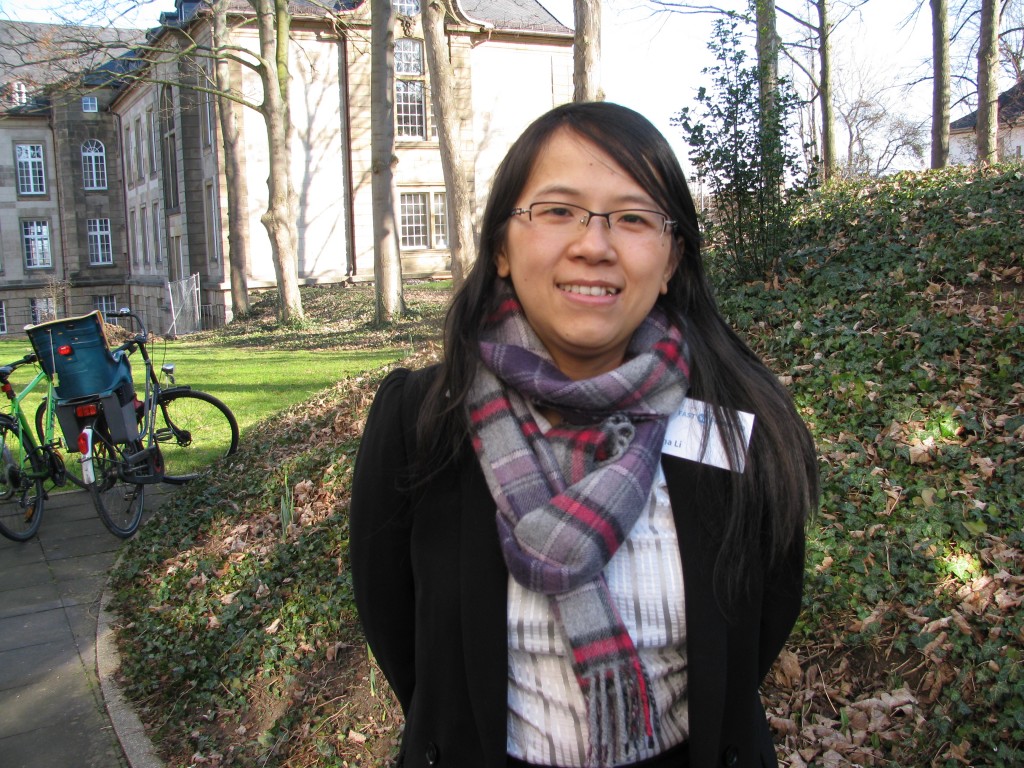
Lina Li from the Adelphi think-tank told me pollution concerns could speed up China’s climate action (Pic. I.Quaile)
The cost argument
Although many scientists are alarmed at the slow pace of emissions reductions, IPCC chief scientist Hoesung Lee told the Guardian in an interview it was still possible to keep to the two-degree target. The current UN climate chief Christina Figueres, who will hand over to Mexican Patricia Espinosa later this year, has said emissions would have to peak by 2020 if that limit is to be kept to. But Lee is keen to keep the options open, saying it would still be possible to keep to the limits if emissions peaked later. But he warned the costs could be “phenomenal”. He believes expensive and controversial geoengineering methods may be necessary to withdraw CO2 from the atmosphere and store it.
A report published this week by UNEP says the cost for assisting developing countries to adapt to climate change could reach up to 500 billion dollars annually by 2050. This is five times higher than previous estimates, the report says.
UNEP urged countries to channel more funds towards adaptation, saying the costs would rise “sharply”, even if countries succeed in limiting global temperature increase to two degrees Celsius.
I asked Mattias Söderberg, Co-Chair of the Climate change advisory group with the climate justice ACT alliance, how he felt about the progress of climate action and the role of the current Bonn meeting. He said the UNEP report, along with the alarming news about islands disappearing under rising seas in the Pacific, highlighted the urgent need for action. “Climate change is not a matter of tomorrow, but a crisis we need to deal with today.”
Time to ratify!
So far, 177 parties have signed the Agreement. But only 16 parties have ratified the treaty. It must be ratified by 55 parties representing 55 percent of total global emissions to enter into force. Söderberg called on wealthy, industrialized countries to move ahead with ratification:
“I am happy to see many of the poor and vulnerable countries moving fast with their ratification, and I hope other countries will follow soon. I am worried about the EU, which seems to be delayed”. Söderberg says the EU, could find itself on the sidelines, overtaken by others.
But the increasing concern over refugees and migration here in Europe could make a lot of countries look more closely at climate change, which is likely to increase the number of people having to leave their homes and look for a better life elsewhere.
“Go, world, go!”
NGO representatives stress that the Bonn talks can only help kick off the series of measures necessary to halt global climate change. Greenpeace climate policy chief Martin Kaiser told me the main work had to be done in the countries themselves, which have to work out their timetables to reach the goals agreed in Paris. That means an early transition to a fossil-free future. Kaiser called on host country Germany in particular, often cited as a model for its shift to renewable energy, to come up with a binding exit strategy for coal by 2030.
“Without an exit from coal, Germany’s signature under the Paris Agreement is worthless”, he told me.
The world’s top emitters, the USA and China, will also have to take major steps to halt climate warming. The delegates meeting in Bonn until May 26 have their work cut out for them. I have always been skeptical about the mass jubilation over the Paris Agreement. Yes, we needed it. But the proof of every pudding is in the eating. All the indications are that 2016 will be the hottest year on record, and probably by the largest margin ever. If the Paris document is to be more than a lot of pieces of paper, we will have to see things happening very soon – and definitely not just in the conference rooms of Bonn and elsewhere.
Arctic Oil – a white elephant?
The conference: Arctic Frontiers has attracted a record number of participants this year and huge media interest. For the first time in addition to a political and a science section, there is also a business section. It will focus on oil, gas and minerals. Clearly, once more, the Arctic is a “hot topic”.
The conference opened with an exceptionally good panel discussion tonight. The conference title is “Climate and Energy”, and it is hardly surprising that there is a lively debate on that here. Norway is, after all, an oil nation, but at the same time a country well known for innovation and wise financial management. And then, of course, comes the urgency of the climate conundrum…
Here in Tromso, Norway’s “Arctic capital”, the question of Arctic oil obviously plays a key role. The representative of the region Line Miriam Sandberg, County administrator for business, culture and health, and the panel chair Olav Orheim, (GRID Arendal, a centre that works with UNEP) made it quite clear that a lot of people here are in favour of Arctic development, including oil and gas exploration, in the interests of jobs and economic benefits.
The representative of the oil industry Kjell Giæver, Director of Petroarctic found himself a bit out on a limb, though. Apart from the Tromso representative, there was no real support for or confidence in Arctic oil development amongst the panelists. Guest of honour HSH Prince Albert II of Monaco, who is quite committed to Arctic protection and has a tradition of Arctic exploration in his family, stressed the need to protect against any dangers to the fragile environment.
The Chair of the US Arctic Research Commission Fran Ulmer called for a carbon tax and measures to protect the climate and reduce fossil fuel consumption. Although she stressed this was her personal opinion and she could not speak for ANY government (!), she is obviously in a very influential position, and anything she says on this has to be taken seriously.
It will come as no surprise that Nina Jensen, CEO of WWF Norway, is against oil exploration in the Arctic. I can remember her here at previous conferences having a much more difficult time, with plenty of opposition from other speakers. This time, my impression was that she was definitely not in a minority.
Probably the most noteworthy stance – certainly the one that impressed me most – was taken by Jens Ulltveit-Moe, the CEO of Umoe, one of the largest, privately owned companies in Norway, active amongst other things in shipping and energy. Here we had an industry representative, who said quite clearly that with the current low oil price Arctic oil was simply not viable, and this would remain the case for many years to come. (The oil industry rep as you can imagine disagreed). And by then, he said, the EU’s climate targets and the international support for a two-degree target would make fossil fuels a non-option. The future lies in renewables, he says, and Arctic oil investment will probably be a white elephant. (His group is involved in bioenergy), Now there is food for thought at the start of this high-profile gathering, which will see high-ranking government representatives from the Arctic nations, but also China and others, discuss “climate and energy”. If the opening debate is anything to go by, the next two days will be very lively.
Can UN and EU take the heat off Alaska?
It is with a heavy heart that I write this first blog post since my holiday, catching up with the latest climate news. A piece by Alex Kirby of Climate News Network drews my attention to the fact that temperatures in Barrow, Alaska, one of the first places to feature on the Ice Blog when it was created in 2008, have risen by an astonishing 7°C in the last 34 years (looking at the average October temperature). As Alex Kirby puts it, “an increase that, on its own, makes a mockery of international efforts to prevent global temperatures from rising more than 2°C above their pre-industrial level”. We need more climate action
![]() read more
read more




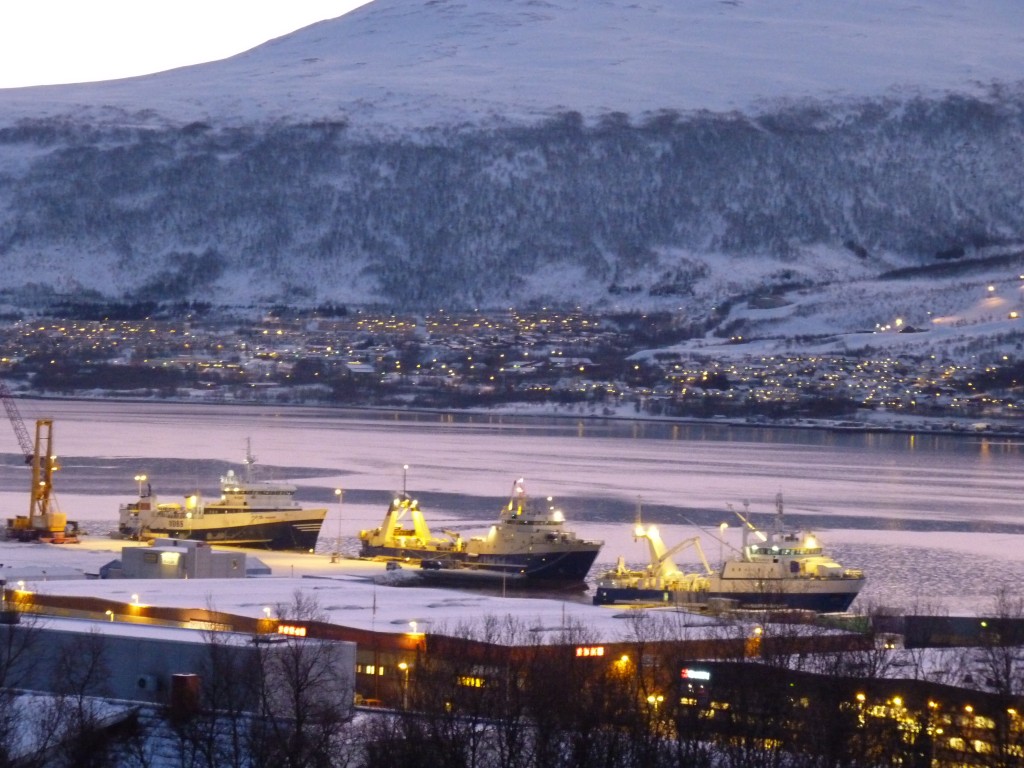
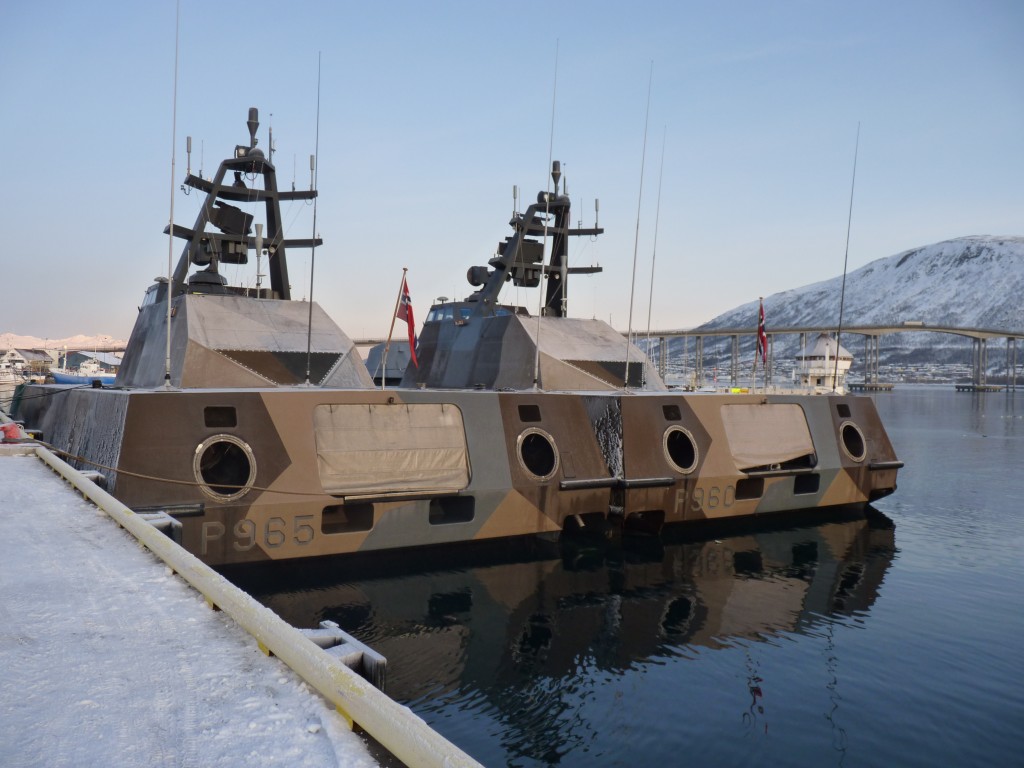
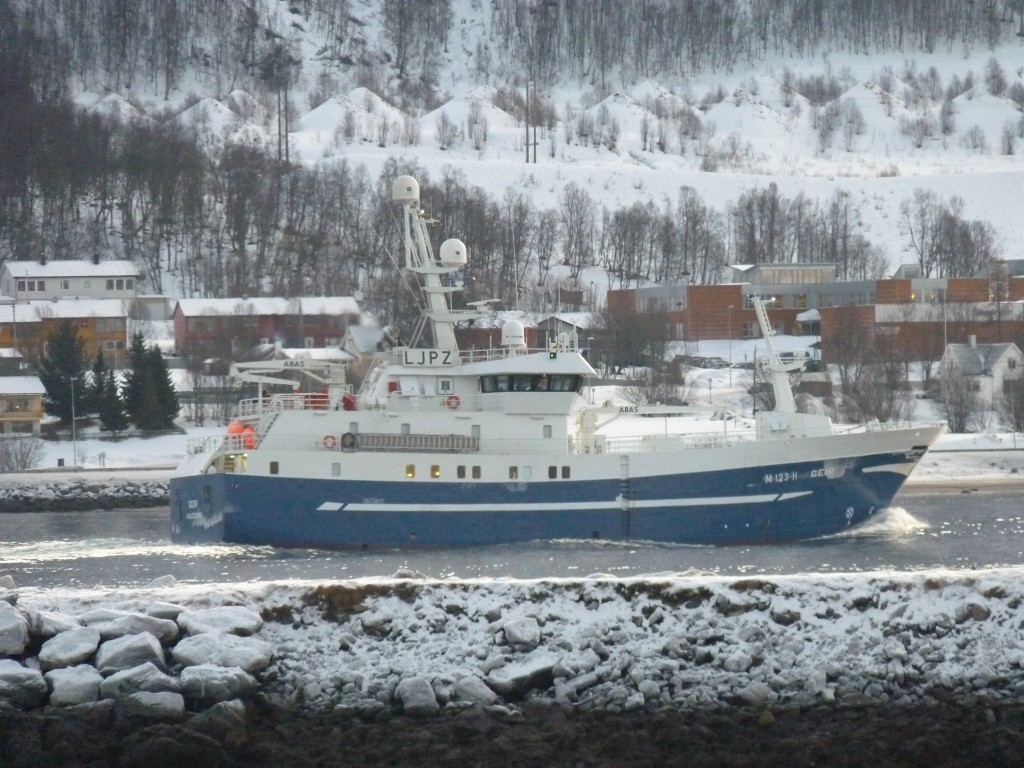
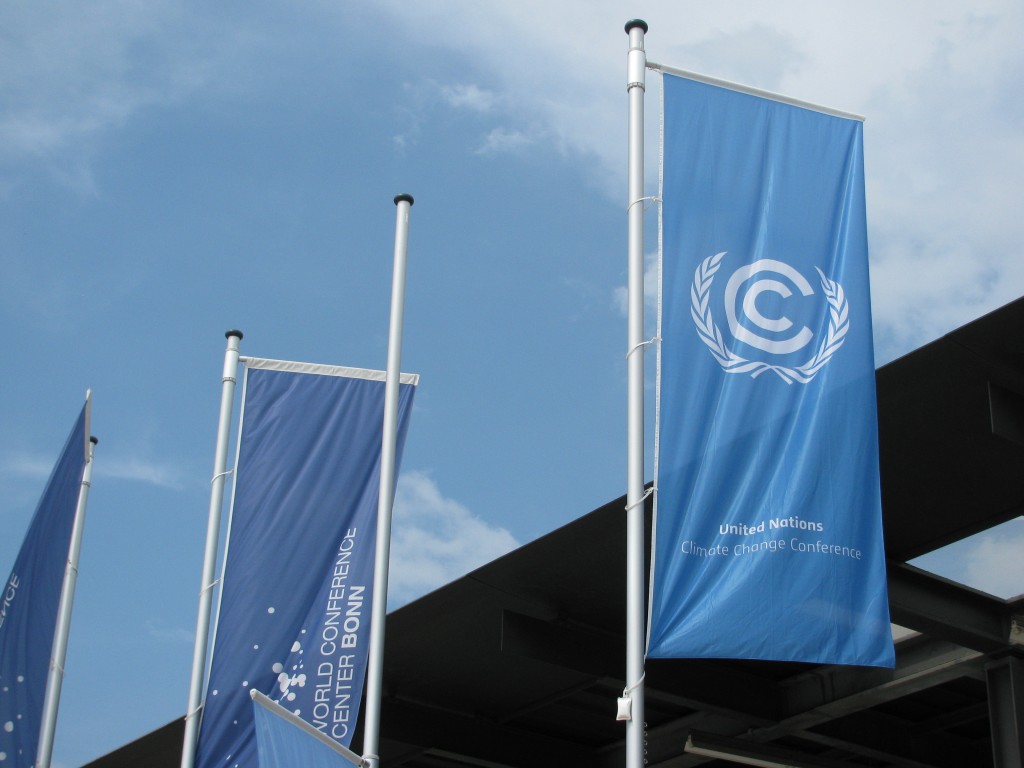
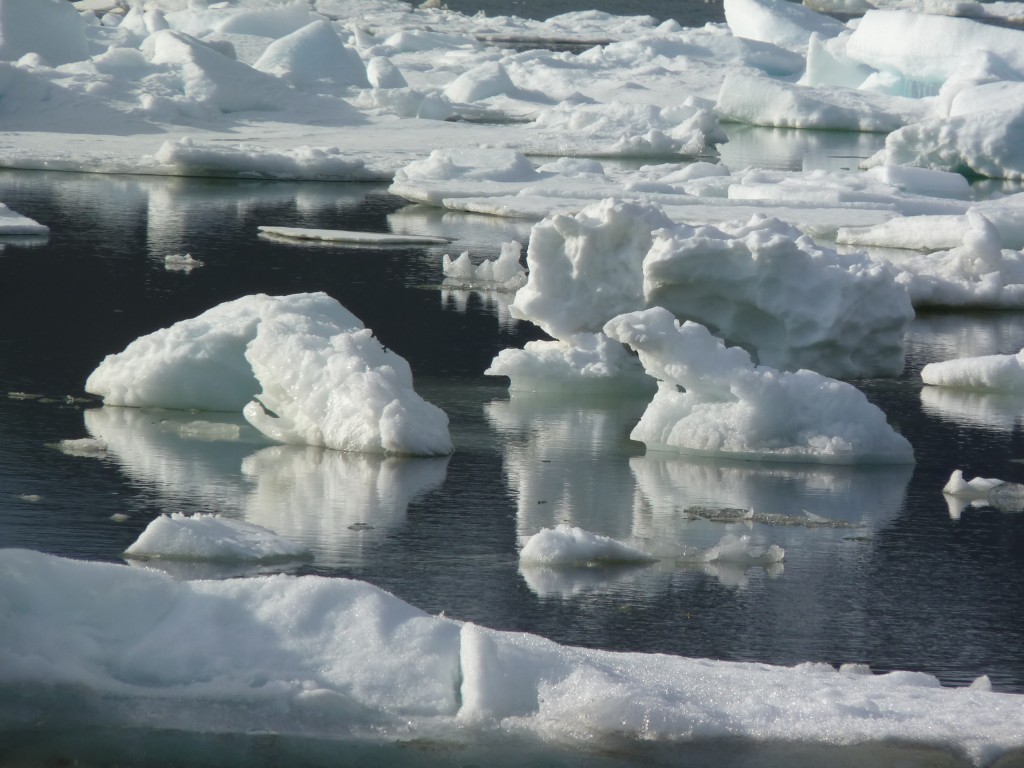

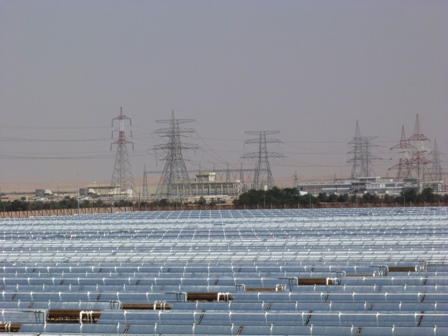
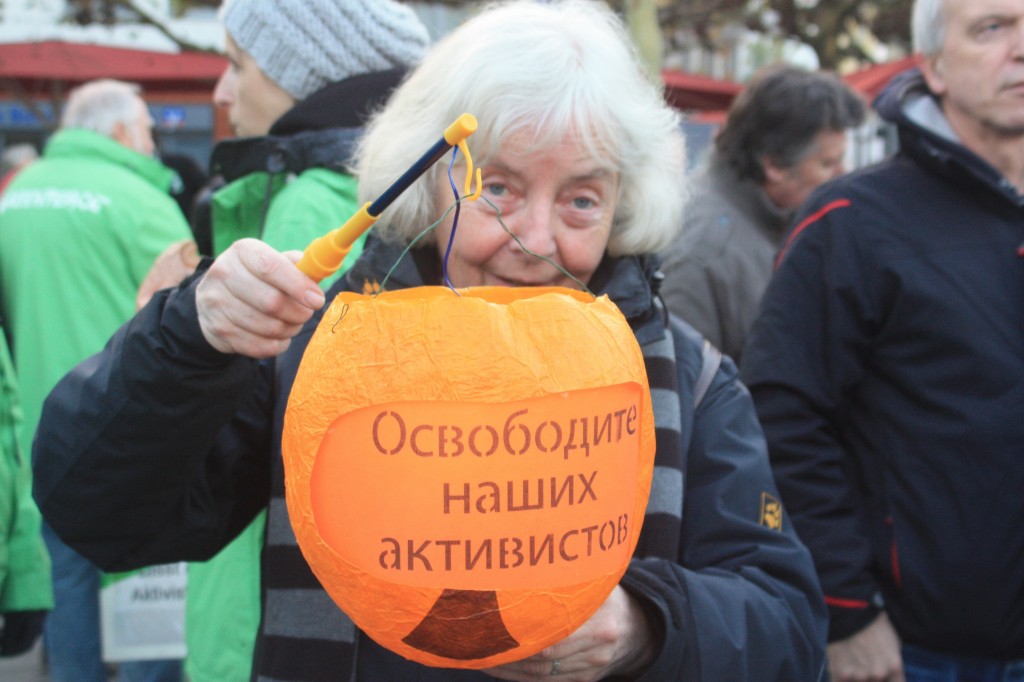
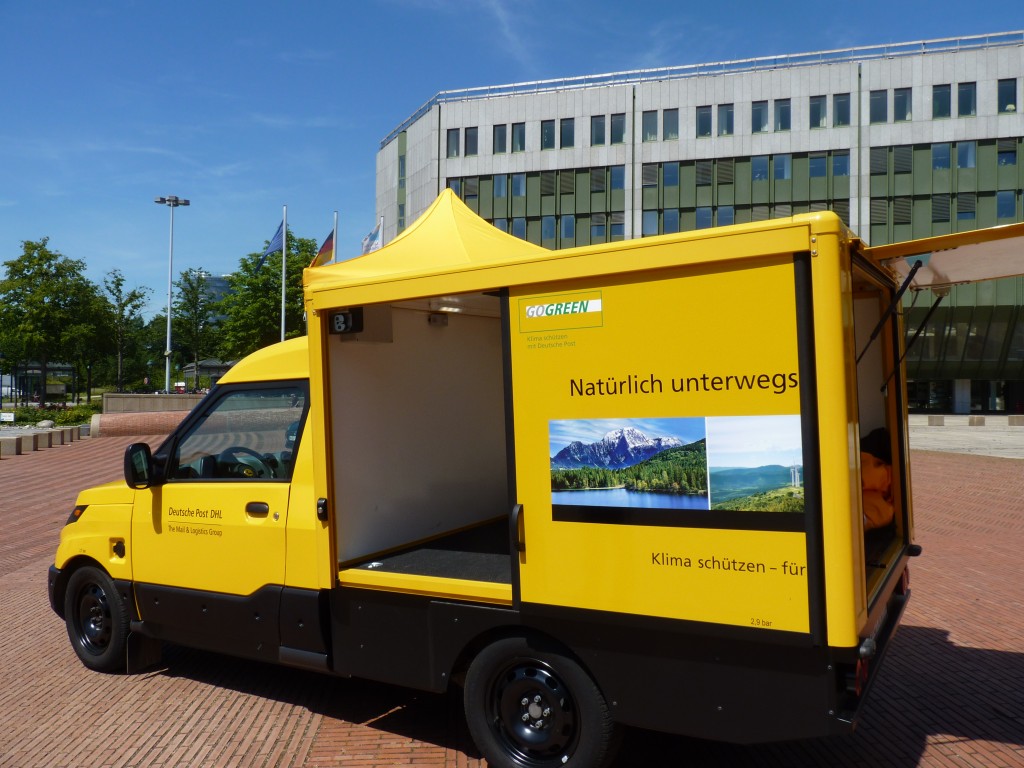
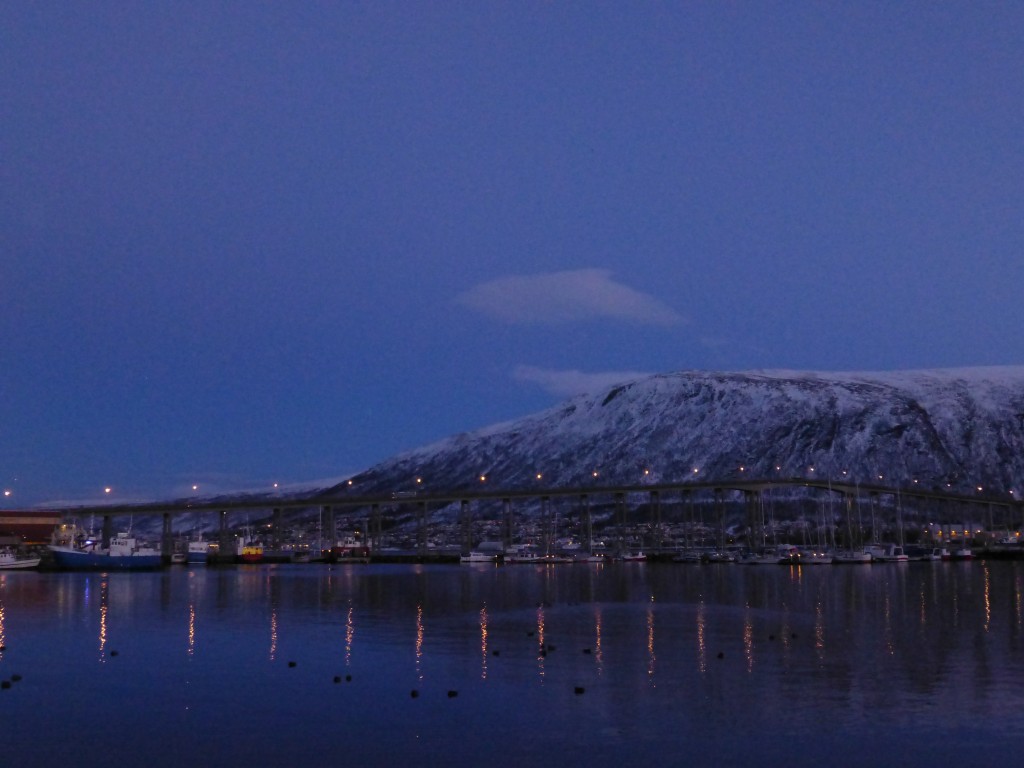
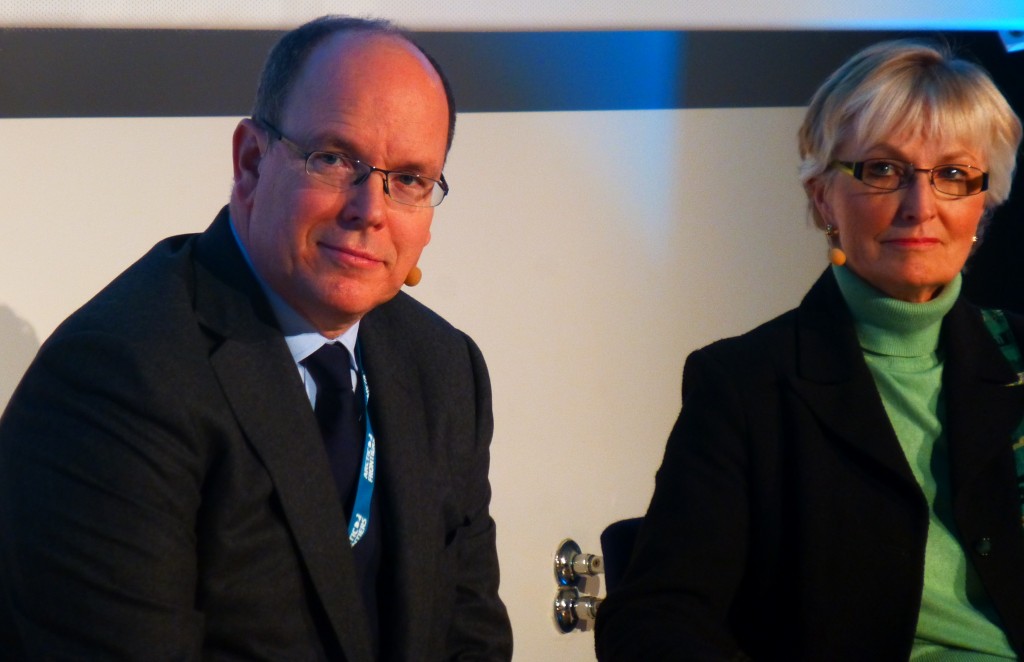
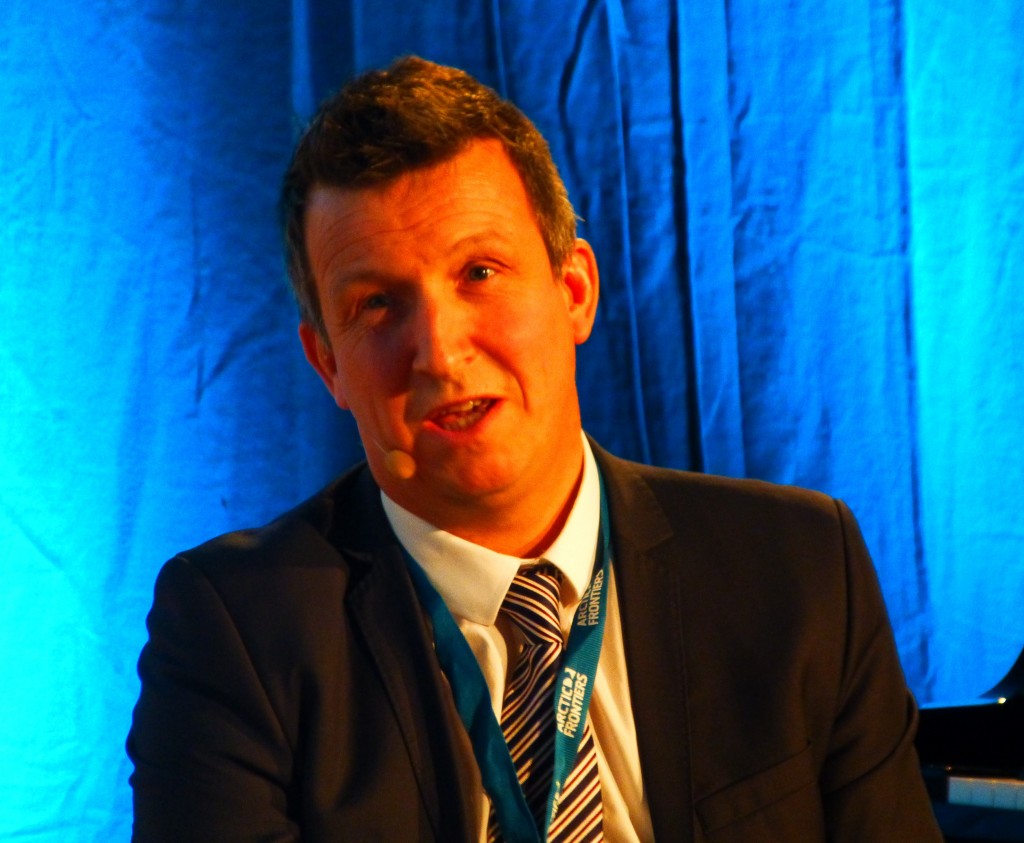

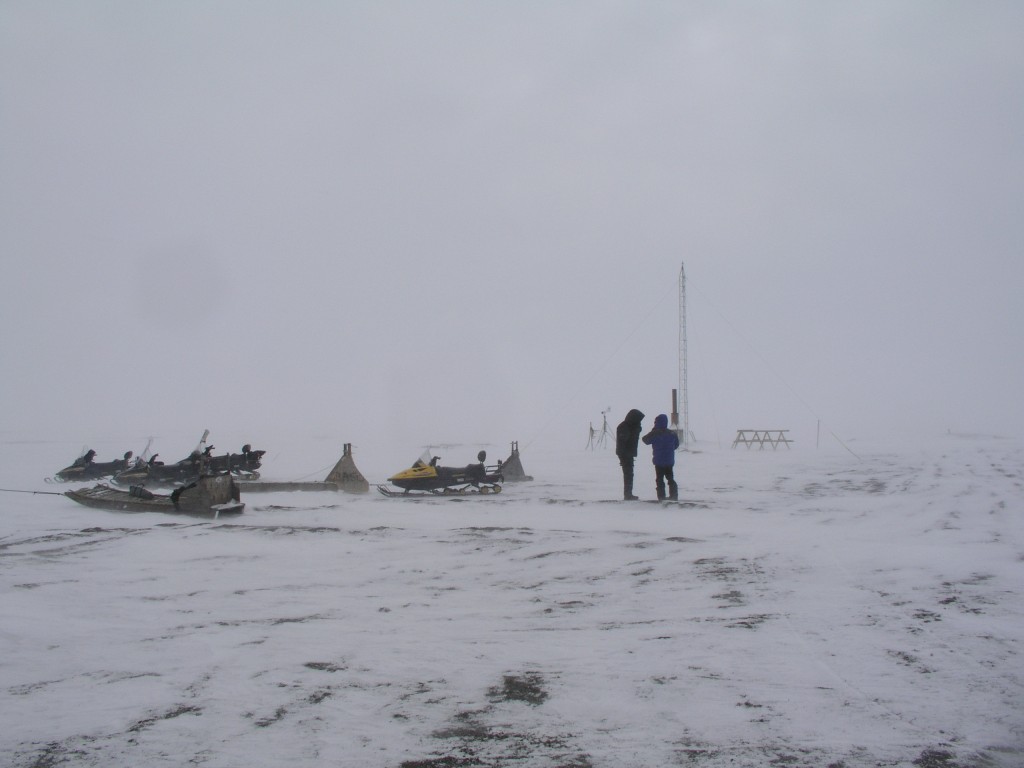
















Feedback